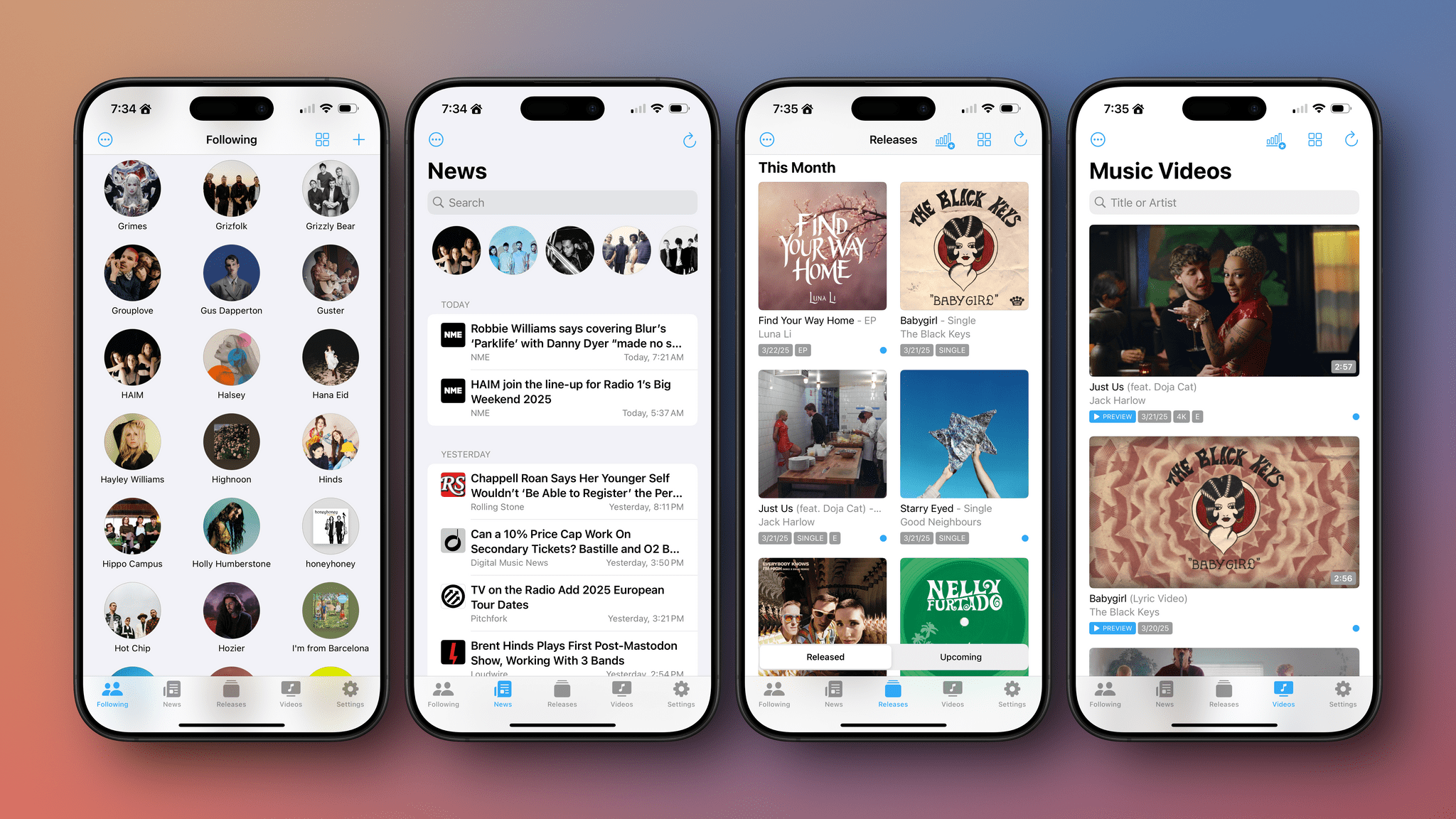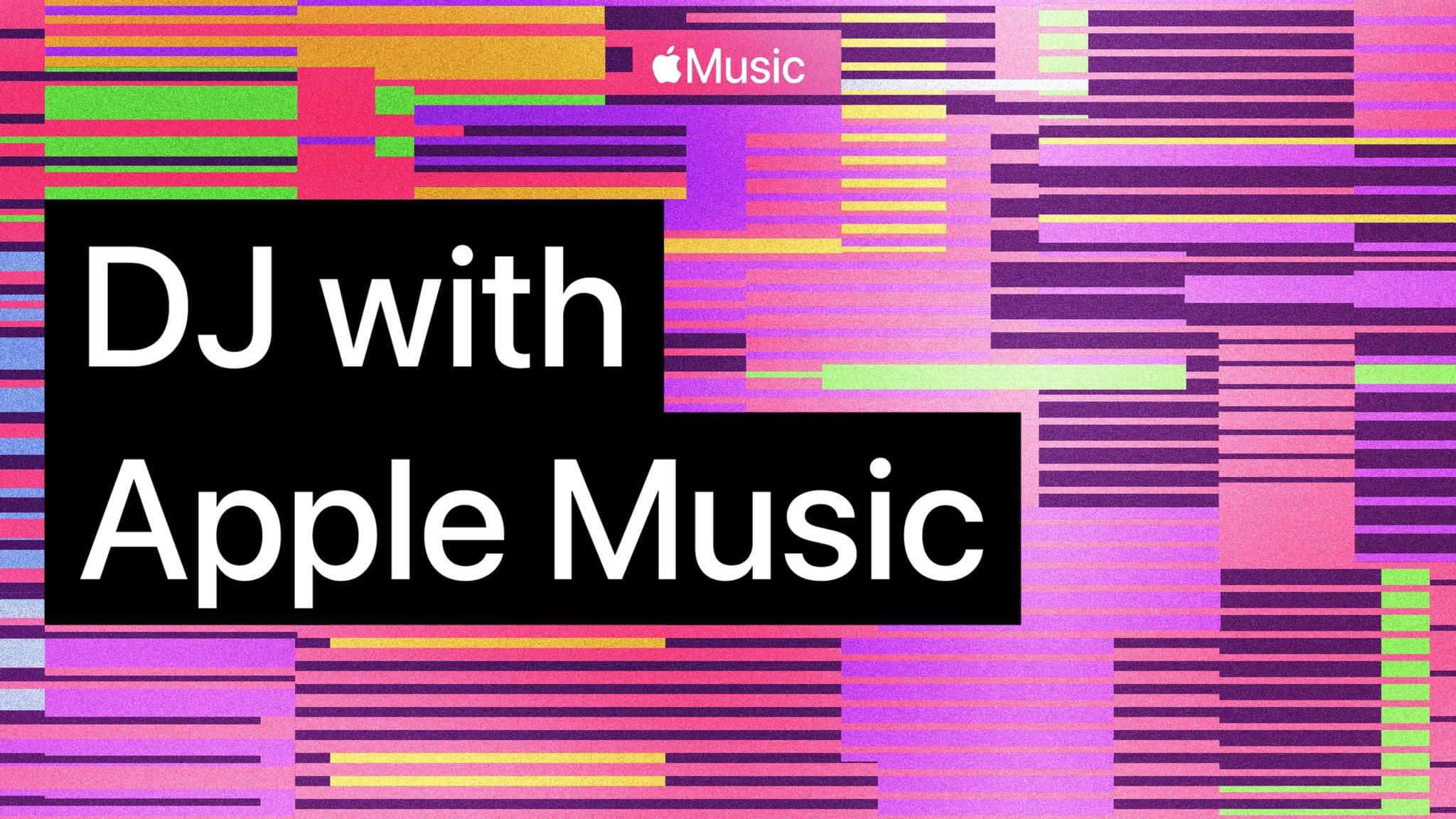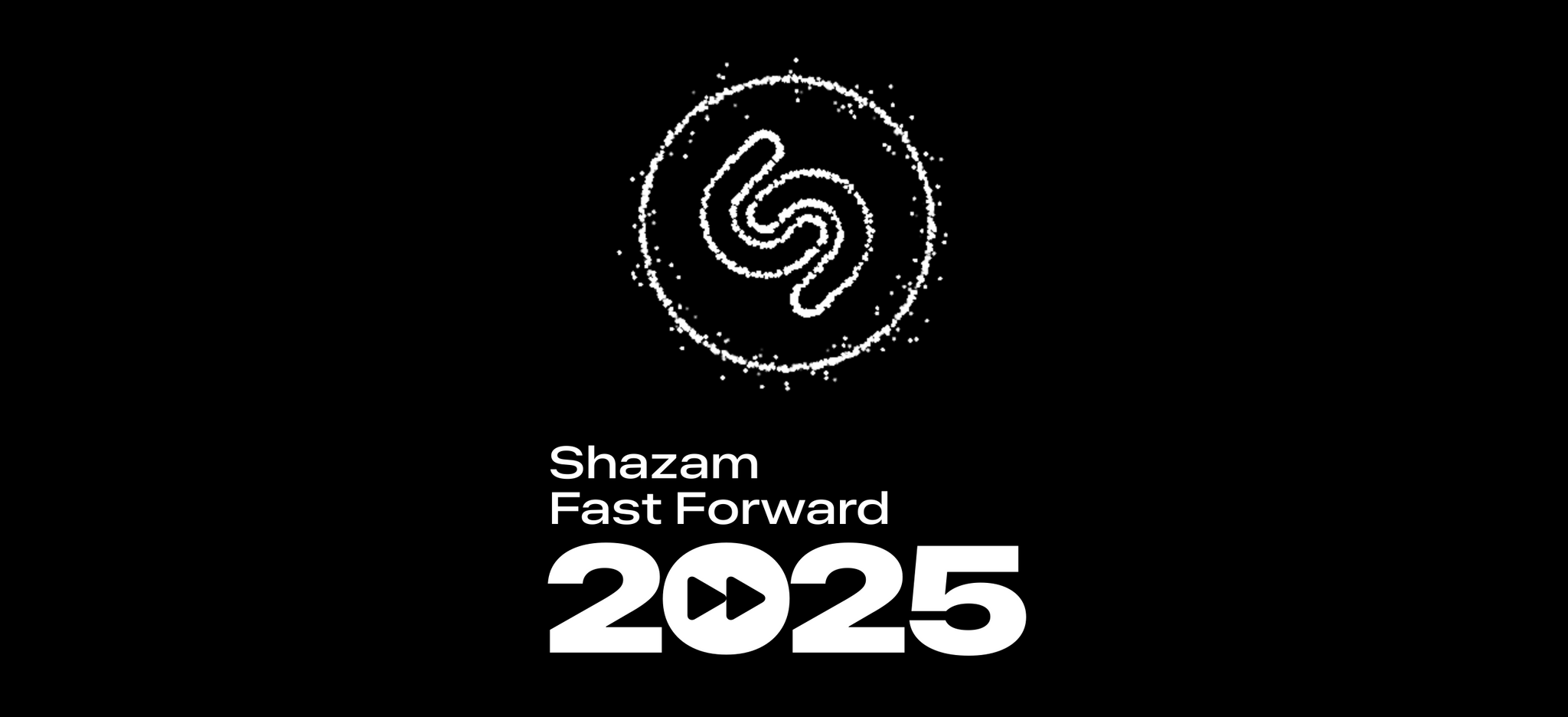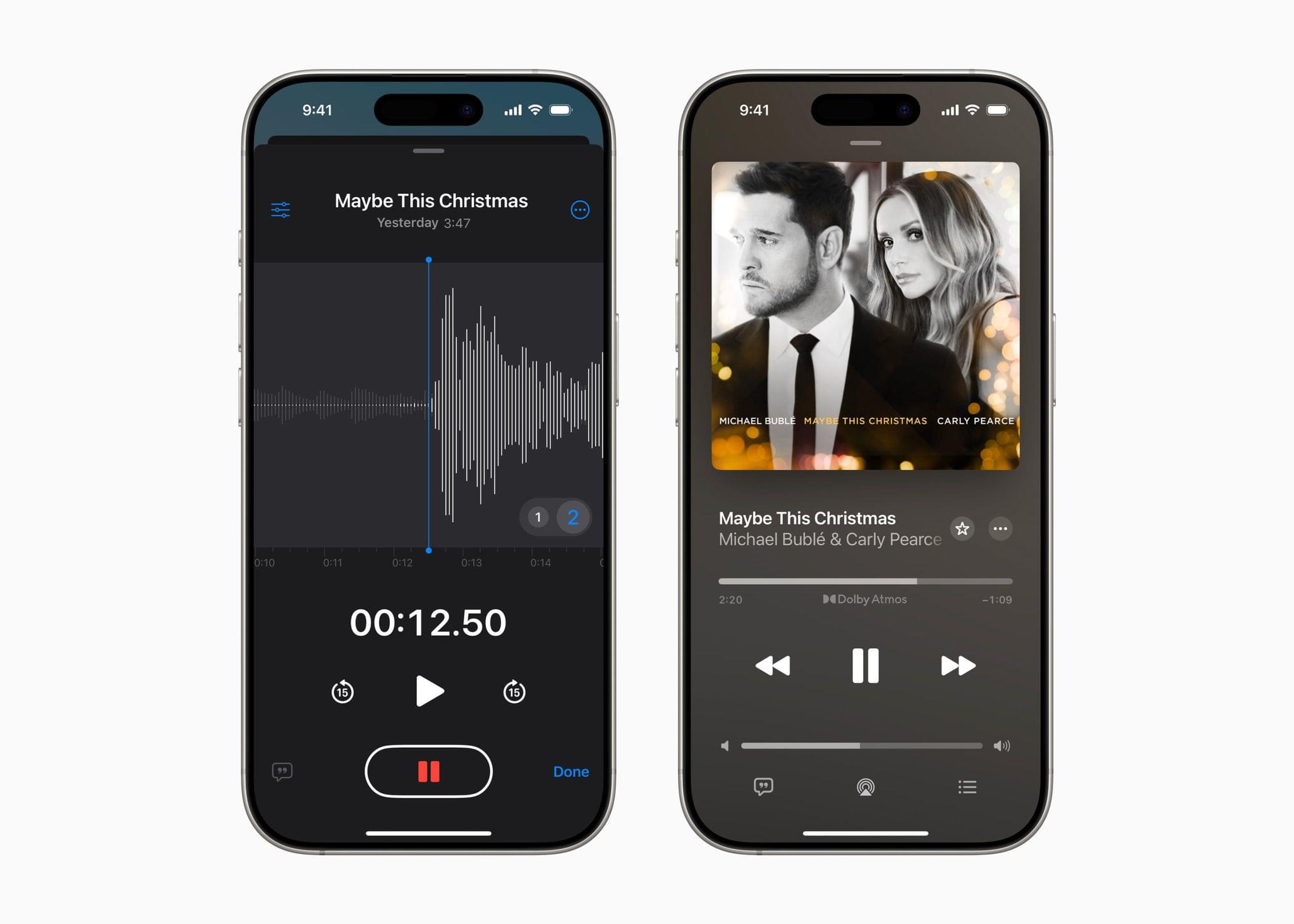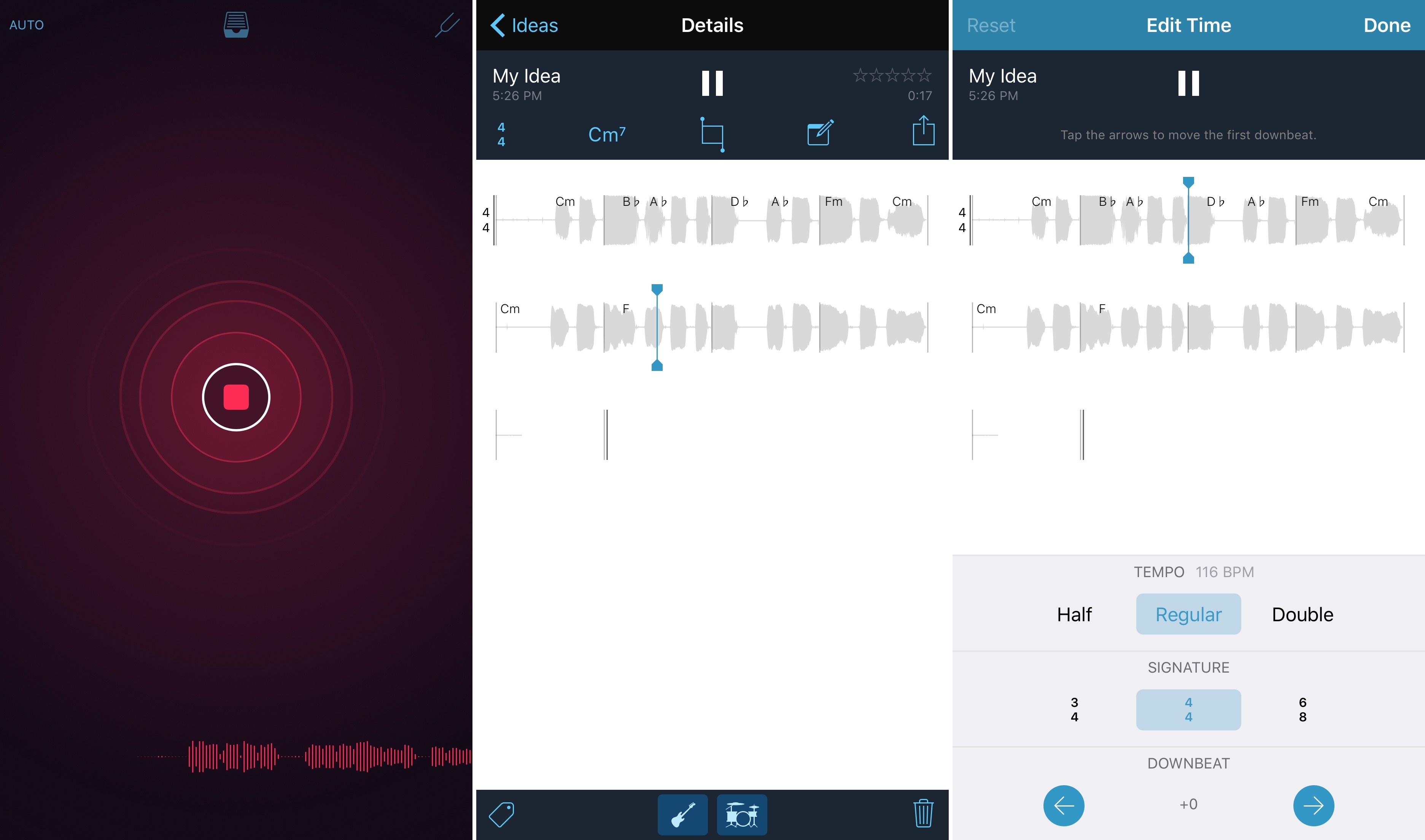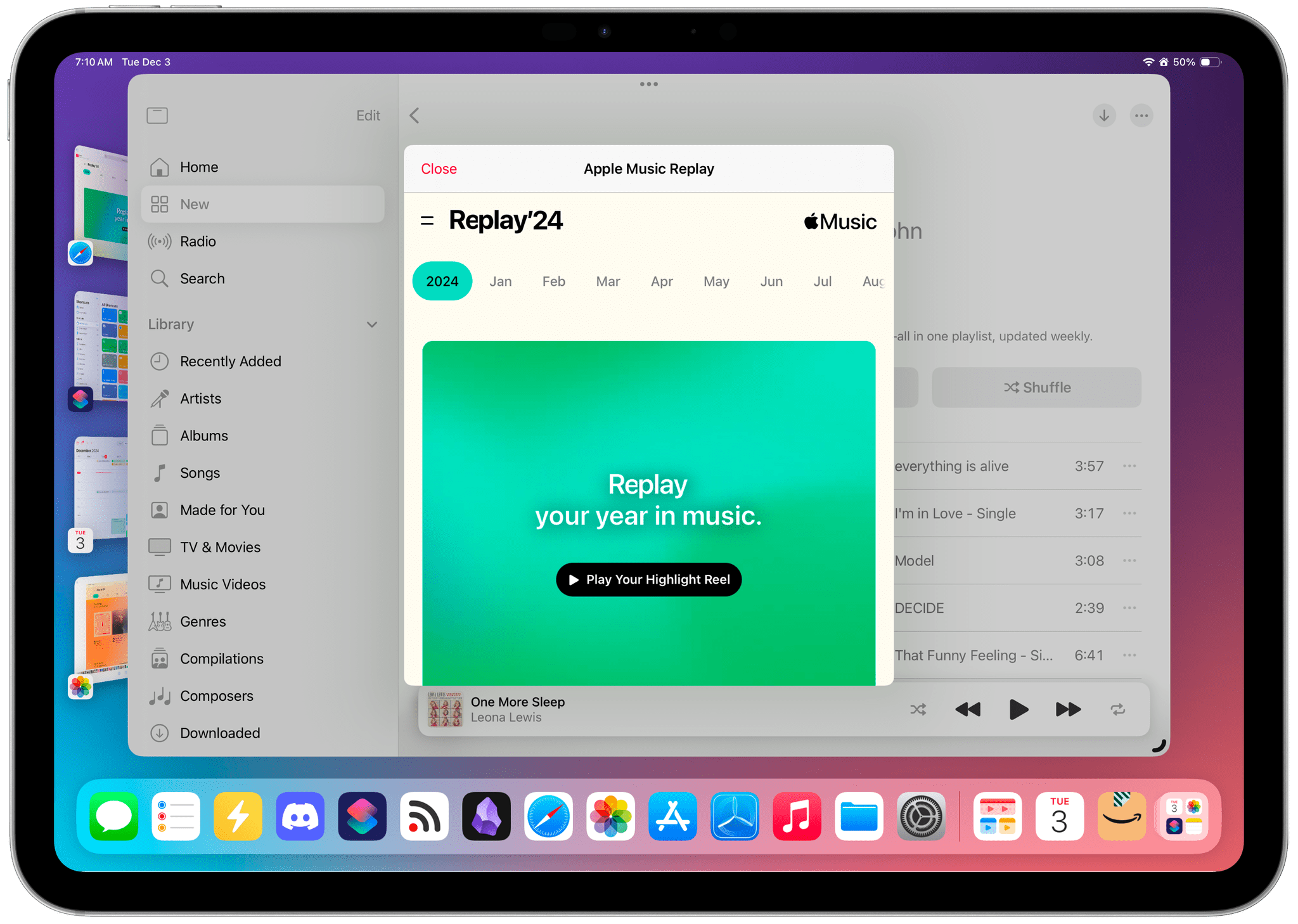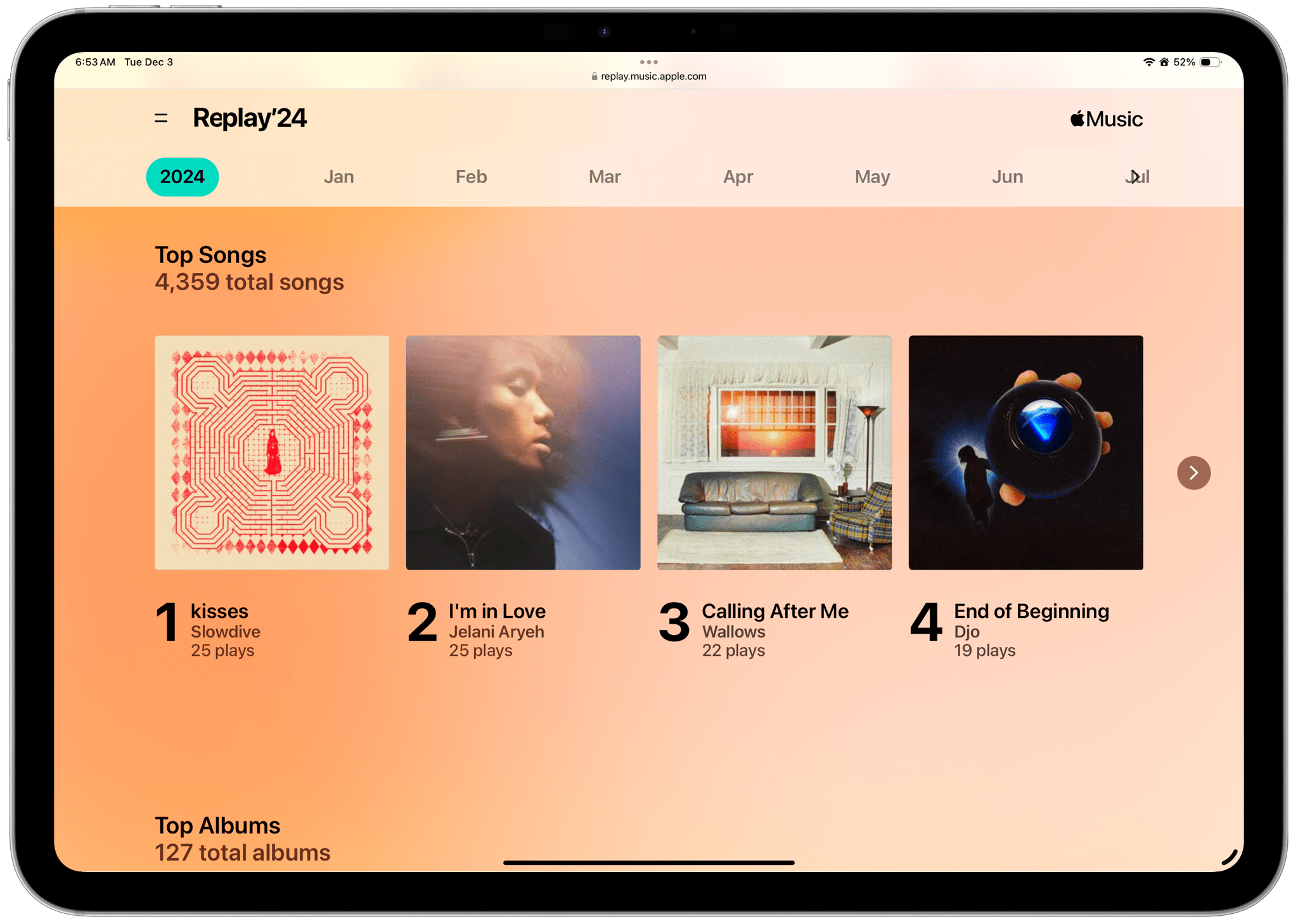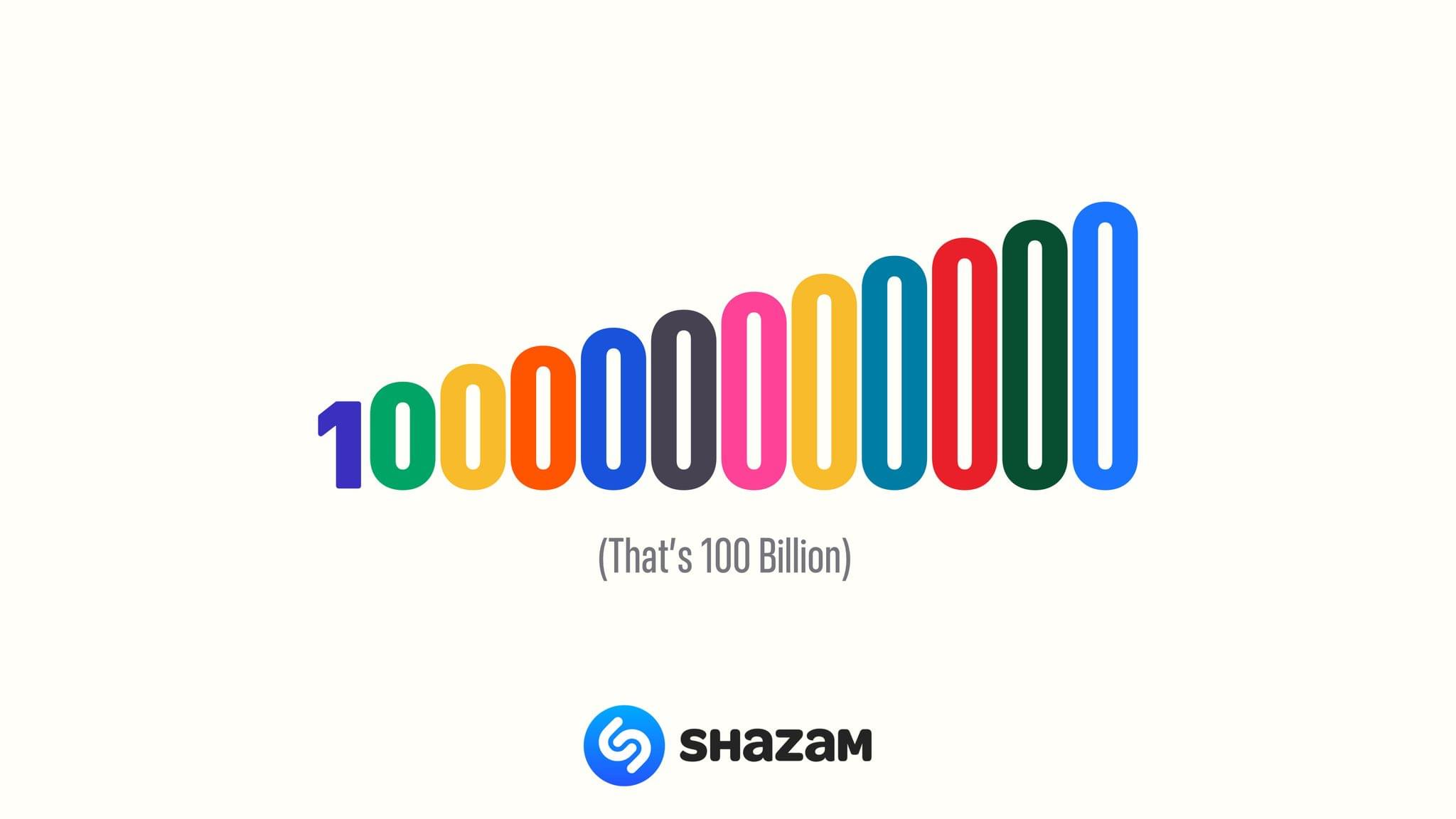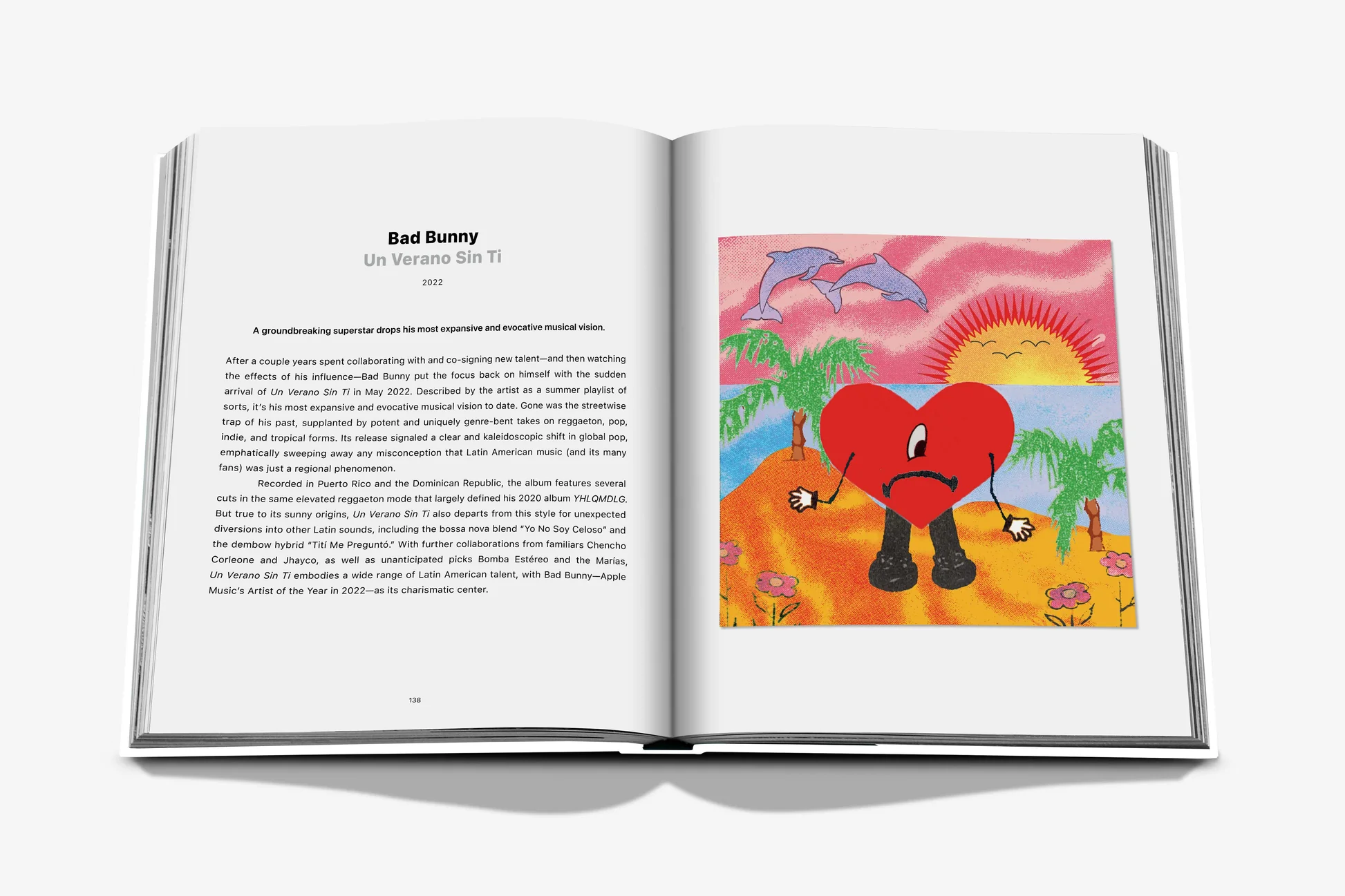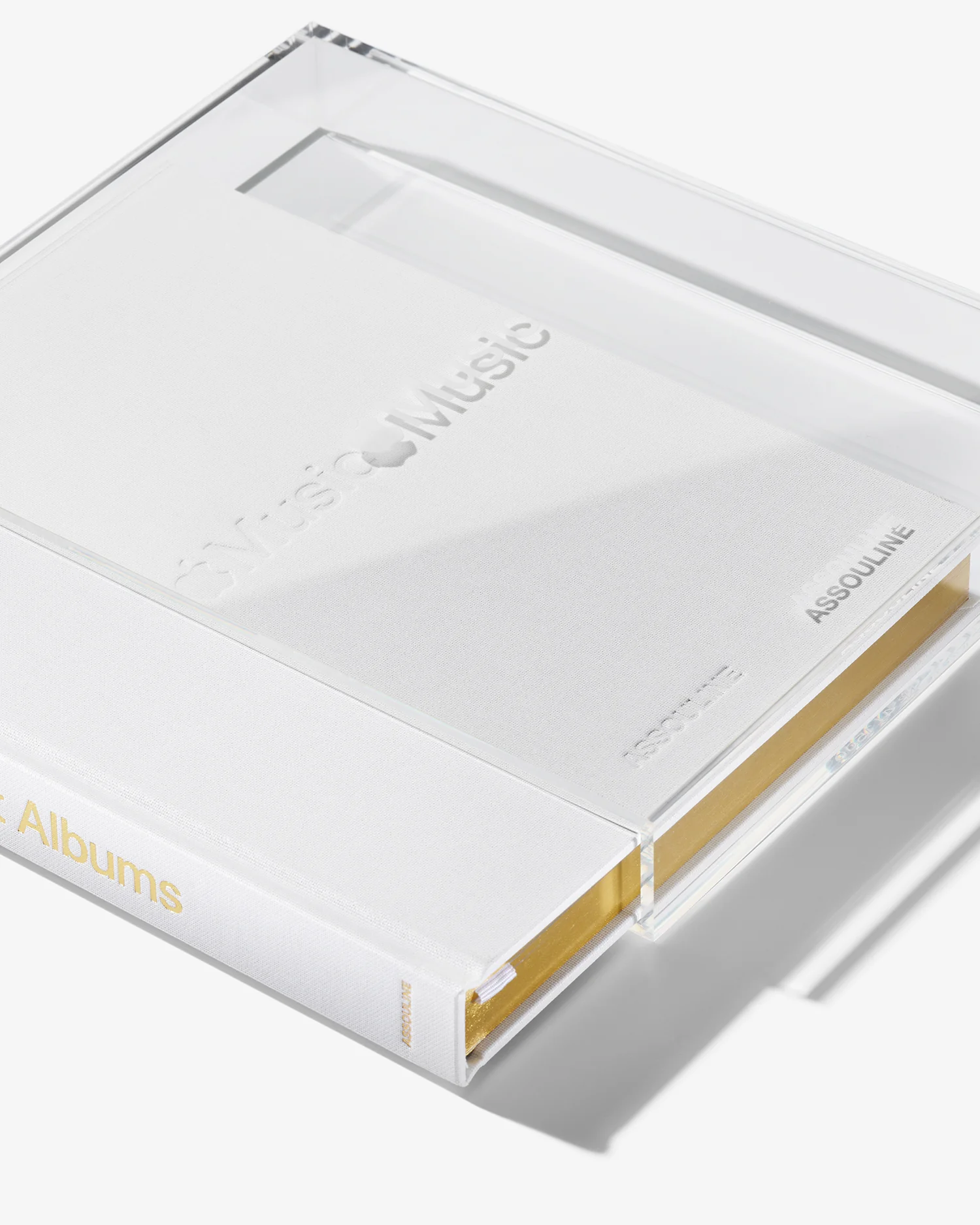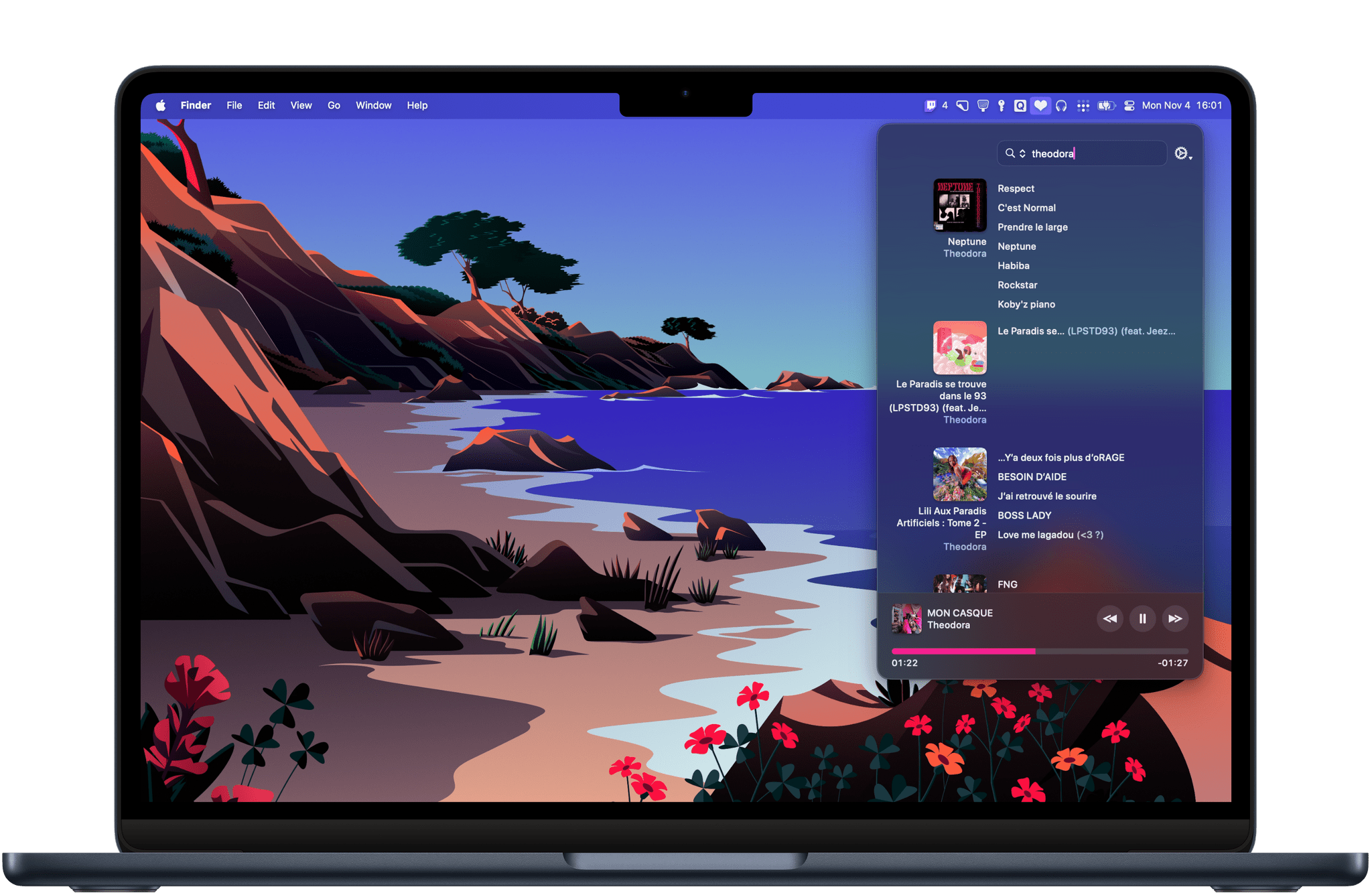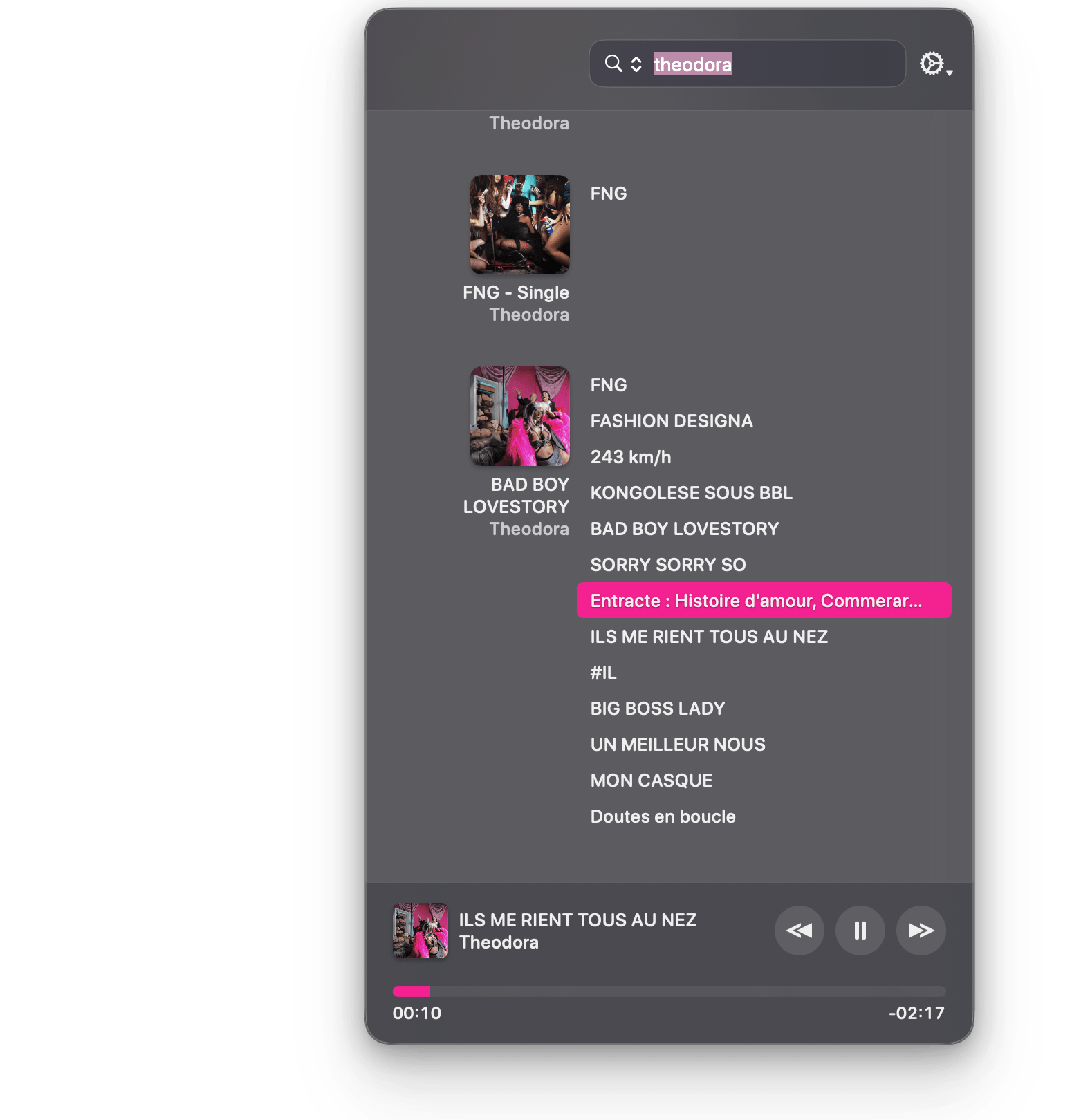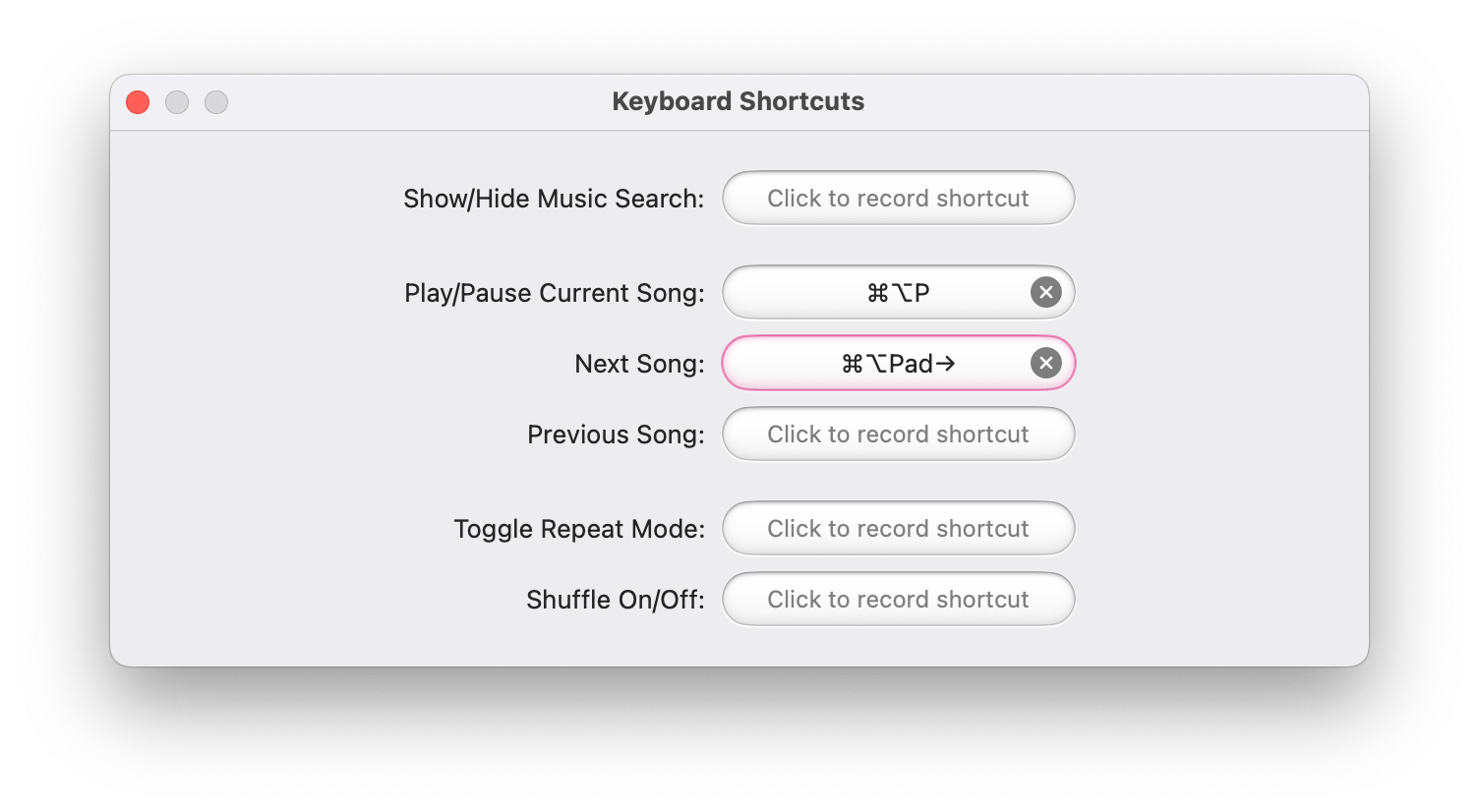Marcos Tanaka kicked off his App Store career with a real banger when he released MusicHarbor, an app for following the work of your favorite music artists on the iPhone, iPad, and Mac. We awarded MusicHarbor App of the Year in 2020, and since then, it has been steadily updated, making it my go-to app for catching up on my favorite bands. Today, MusicHarbor’s latest update, version 5.0, takes the app even further with new news, top chart, time capsule, and list features.
Posts tagged with "Apple Music"
MusicHarbor’s Latest Update Creates a Richer Music Experience with News and More
Apple Courts DJs with New DJ with Apple Music Program
Apple has announced a partnership with DJ software and hardware platforms to integrate Apple Music’s catalog into their offerings.
The new program, called DJ with Apple Music, expands on an integration that was already in place for Algoriddim’s djay Pro app adding AlphaTheta, Serato, and inMusic’s Engine DJ, Denon DJ, Numark, and RANE DJ.
In an emailed press release, Apple Music’s Stephen Campbell, Global Head of Dance, Electronic & DJ Mixes said:
Apple Music is committed to supporting DJs. With this latest integration, we’re taking that commitment even further—seamlessly connecting Apple Music with the industry’s leading DJ software and hardware. This innovation brings the full power of Apple Music into the creative workflow, making it easier than ever for DJs to access, play, and discover music in real time.
Starting today, you can visit a dedicated DJ with Apple Music in the Music app on all platforms. There, you’ll find curated playlists picked for DJs by the Apple Music editorial team and links to pages dedicated to each of the participants in the program.
To check out the available playlists and other materials you can follow this link.
Metallica Is Coming to the Apple Vision Pro
Apple revealed a new Immersive Video title for the Vision Pro. As announced at SXSW today, Vision Pro users will be treated to a live performance of three Metallica songs: “Whiplash,” “One,” and “Enter Sandman” on March 14th.
According to Metallica’s press release:
This project marks a new foray into immersive technology, using ultra-high-resolution 180-degree video and Spatial Audio to give fans unprecedented access from vantage points as close up as the Snake Pit to wide-angle views. It brings the live show to a whole new level, and to achieve this, Apple built a custom stage plot featuring 14 Apple Immersive Video cameras using a mix of stabilized cameras, cable-suspended cameras, and remote-controlled camera dolly systems that moved around the stage.
For its part, Apple released a trailer for the video on YouTube:
along with an interview by Zane Lowe with Metallica’s Lars Ulrich:
Today’s Metallica news follows the recent Immersive Video announcements of VIP: Yankee Stadium and Bono: Stories of Surrender. It’s great to see new content coming to the Vision Pro, especially live concerts and sports, which are a perfect matches for the format.
Shazam Fast Forward 2025 Predicts 2025’s Emerging Artists
Shazam has released the Shazam Fast Forward 2025, a group of artists that the music recognition service expects to break out in 2025. As explained on its dedicated Shazam Fast Forward 2025 website:
These are Shazam’s Predictions for breakthrough artists in 2025. 50 artists from trending genres revealed over 5 days.
Featuring emerging artists who, based on Shazam data and reviewed by our editors, are poised to have a breakthrough year. It’s a remarkably global and diverse selection, hailing from 26 countries and spanning sounds from Indie-Rock to UK Drill.
Today’s highlighted genre is Dance, which features 10 artists from around the world:
The artists are laid out in a card interface. Clicking on each card reveals the artist’s bio. There’s also a play button to preview their music via Apple Music. Tomorrow, Shazam will reveal the breakout Latin artists followed by Shazam’s picks for emerging Country/Rock, Pop, and Hip-Hop/R&B stars.
Apple Shows Off Layered Recordings in Voice Memos with the Help of Michael Bublé and Carly Pearce→
Do you remember Music Memos? It was an iPhone app launched by Apple in 2016 that acted as a scratchpad for musicians. The idea was to quickly save musical ideas that could then be exported to GarageBand to be fleshed out. The app didn’t get many major updates and was discontinued in 2021.
Music Memos didn’t last, but the idea behind it was sound. When it was introduced, musicians were already using Apple’s Voice Memos app to save ideas for vocals, guitar riffs, and more as the press release announcing Music Memos acknowledged.
In the years since Music Memos’ demise, musicians presumably returned to Voice Memos, a more general utility, but one that has steadily been updated and improved by Apple. Yesterday, with the release of iOS 18.2, Voice Memos took another big step forward by adding the ability to isolate vocals recorded over an instrumental track. As Apple explains it in its press release:
Powered by the A18 Pro chip, and leveraging advanced processing and machine learning to isolate the vocal recording, Voice Memos creates two individual tracks so users can apply additional mixing and production in professional apps like Logic Pro. And with Voice Memos on Mac, Layered Recordings are synced across devices and available on Mac to drag-and-drop into a Logic session.
To prove the power of the new Voice Memos feature, singers Michael Bublé and Carly Pearce, along with producer Greg Wells, used the app on an iPhone 16 Pro to create “Maybe This Christmas,” a new holiday duet available on Apple Music.
Michael Bublé had this to say about Layered Recordings:
I don’t think people realize the critical role Voice Memos on iPhone plays in the creation process for musicians. And now with Layered Recordings, if an artist has a moment of inspiration, being unencumbered by the traditional studio experience becomes the advantage, not the limitation. It’s so typically Apple to build something we didn’t know we needed — and now won’t be able to live without.
This feature is remarkable and a great example of the power of today’s devices. Just a few days ago, I was given a demo of Moises, this year’s winner of Apple’s App Store Award for best iPad app, which does similar sorcery separating vocals and individual instruments. It’s a powerful capability with incredible productivity implications for all musicians.
Apple Music Replay 2024 is Live→
Apple has released its annual Apple Music Replay overview of subscribers’ listening statistics for 2024. The recap can be accessed on the music.apple.com/replay, where you’ll find details about the music to which you listened throughout the year, including your top albums, songs, artists, playlists, and genres. If you’d rather browse Replay in the Music app, you can do that too, with the ‘Open’ in Music button that appears at the top of the webpage and opens the same content as a popup over your Apple Music library.
At the beginning of Replay, there’s an animated recap with highlights of your year in music set to the songs you enjoyed throughout the year. Replay also calls out listening milestones like the total number of minutes listened and the number of artists and songs played. Plus, subscribers can browse through their statistics by month. Also, at the bottom of Replay, you’ll also find a link to your Replay ‘24 playlist, with the top 100 songs you listened to in 2024.
The timing of Replay ‘24 is perfect. I’ve begun preparing my list of favorite albums of 2024 for this week’s MacStories Unwind, which will be out Thursday for Club MacStories members and for everyone else on Friday, and as my Replay playlist makes abundandly clear, 2024 has been a great year for music.
To view your own Replay 2024 statistics, visit music.apple.com/replay.
Shazam Crosses 100 Billion Songs Recognized
According to Apple, Shazam has recognized over 100 billion songs, a staggering number of songs. To help put the milestone in perspective Apple shared some statistics:
- That’s equivalent to 12 songs identified for every person on Earth.
A person would need to use Shazam to identify a song every second for 3,168 years to reach 100 billion.
That’s more than 2,200x the number of identifications of Shazam’s top song ever, “Dance Monkey,” with over 45 million tags.
Shazam Predictions 2023 alum Benson Boone’s “Beautiful Things” was the first track released this year to hit 10 million recognitions, and the fastest, doing so in 178 days. At that pace, it would take more than 4,800 years for it to hit 100 billion.
Those are fun statistics, but what’s equally incredible to me is the fact that Shazam hit the 50 billion mark just over three years ago in 2021. The app obviously isn’t slowing down, despite being older than the iPhone and App Store themselves:
Shazam launched in 2002 as an SMS service in the UK, and back then, music fans would dial 2580, hold up their phones to identify music, and receive the song name and artist via text message. Shazam’s following and influence continued to grow in the years that followed, but it was the 2008 debut of the App Store and introduction of Shazam’s iOS app that brought its music recognition technology to millions of users. By the summer of 2011, Shazam had already recognized over 1 billion songs.
Fun fact: The first song ever matched by Shazam was Jeepster by T. Rex. It makes you wonder what the 100 billionth song was. Also, if you’d like to listen to the top 100 Shazamed songs, Apple has a playlist for the occasion:
Shazam has come a long way from its SMS roots and is now sprinkled throughout Apple’s OSes. It’s a testament to how a fundamentally great idea can evolve alongside technological advances.
Pre-Orders Begin for Book Commemorating Apple Music’s 100 Best Albums
Apple Music has teamed up with Assouline, a book publisher based in Paris and London, to sell a $450 book that commemorates Apple Music’s 100 Best Albums of all time. If you haven’t heard of Assouline before, it’s known for its high-end books and other items:
Today, through its exceptionally crafted books, home fragrances, and objets d’art, Assouline invites the intellectual and curious into a world of beauty.
The book, which is available for pre-order is estimated to ship on November 25, 2024, and as the listing says, it’s:
A celebration of Apple Music’s inaugural list of the greatest records ever made, Apple Music: 100 Best Albums is a lasting companion piece to the digital initiative, which launched on the streaming service in 2024. With a release limited to 1,500 copies, the books are housed in sleek, transparent acrylic slipcases, each individually etched with its edition number. Inside, readers will find the featured albums, selected by Apple Music’s team of experts alongside an exclusive group of artists including Maren Morris, Pharrell Williams, J Balvin, Charli XCX, Mark Hoppus, Honey Dijon, and Nia Archives, as well as songwriters, producers, and industry professionals. The list is a wholly editorial statement that does not fit any neatly defined criteria—and is fully independent of any streaming numbers. In effect, it’s a love letter to the records that have shaped the world music lovers live and listen in.
This isn’t Apple’s first book. Notably, the company created and sold a book celebrating its hardware design in 2016, which it sold in a small $199 format and a larger $299 format.
The book includes what looks to be the editorial content created for Apple Music’s 100 Best Albums list, along with artwork for each of the 100 albums that Apple Music included in its list. There’s also a foreward by Apple Music’s Zane Lowe.
When Apple’s hardware design book was released, it was just as unexpected as this book. However, that book was sold by Apple and paid tribute to the company’s rich history of hardware innovation. A list of 100 albums picked by Apple Music’s editors and others lands a little differently. It doesn’t carry the same weight as decades of hardware design. At the same time though, as someone whose writing exists in an ephemeral format online, I understand the desire to collect it in a physical format. So, while this book isn’t for me, for fans of Apple Music’s album picks with the wherewithal, this looks like a beautifully designed eight-pound book.
CoverSutra Adds a Standalone Apple Music Client to Your Mac’s Menu Bar
CoverSutra by Sophiestication is a name that may sound familiar if you’re as ancient as Federico, who last reviewed the app on MacStories in January 2010. At the time, the app was a fully-featured iTunes controller. It could display your music in the menu bar as well on the Desktop. It also used to act as a Last.fm client and ship with a bunch of customization features.
This month, CoverSutra is back with version 4.0. This new version was rewritten from the ground up with a different approach: instead of being a controller for Apple’s native Music app, CoverSutra is now a standalone client for Apple Music on the Mac. In practice, this means that you can search your Apple Music library, pick any album or playlist, and start listening without ever having to launch the Music app.
Search is CoverSutra’s highlight feature. Using CoverSutra for the past week on my Mac has made me realize how much more time I usually spend in the Music app just searching through my library. Searching with CoverSutra, on the other hand, is fast and persistent. You can start typing part of an artist’s name, album, or song title, and search results will instantly appear in the menu bar popover window. And as long as you don’t start a new search, your search results will not disappear, even if you click away from the menu bar.
I’ve also found that CoverSutra suits my listening habits pretty well. As the kind of person who likes to play albums from front to back and rarely relies on curated playlists, I’ve enjoyed how CoverSutra allows me to quickly bring up an album and play it from the beginning. The layout emphasizes album and playlist covers and makes it easy to instantly spot the album you are looking for.
In its current shape, CoverSutra 4.0 is pretty basic. Apart from search, playback controls, and the ability to set your own global keyboard shortcuts, there are no additional features or settings. However, I’m hopeful that the app can start fresh from this new foundation. Unlike similar alternatives on the Mac like Neptunes or Sleeve, CoverSutra’s potential as a standalone player in the menu bar may enable a range of more advanced features.
CoverSutra 4.0 is available on the Mac App Store. For a limited time, the app is available at an introductory price of $4.99. If you’ve purchased CoverSutra on the Mac App Store in the past, the upgrade to version 4.0 is free.


